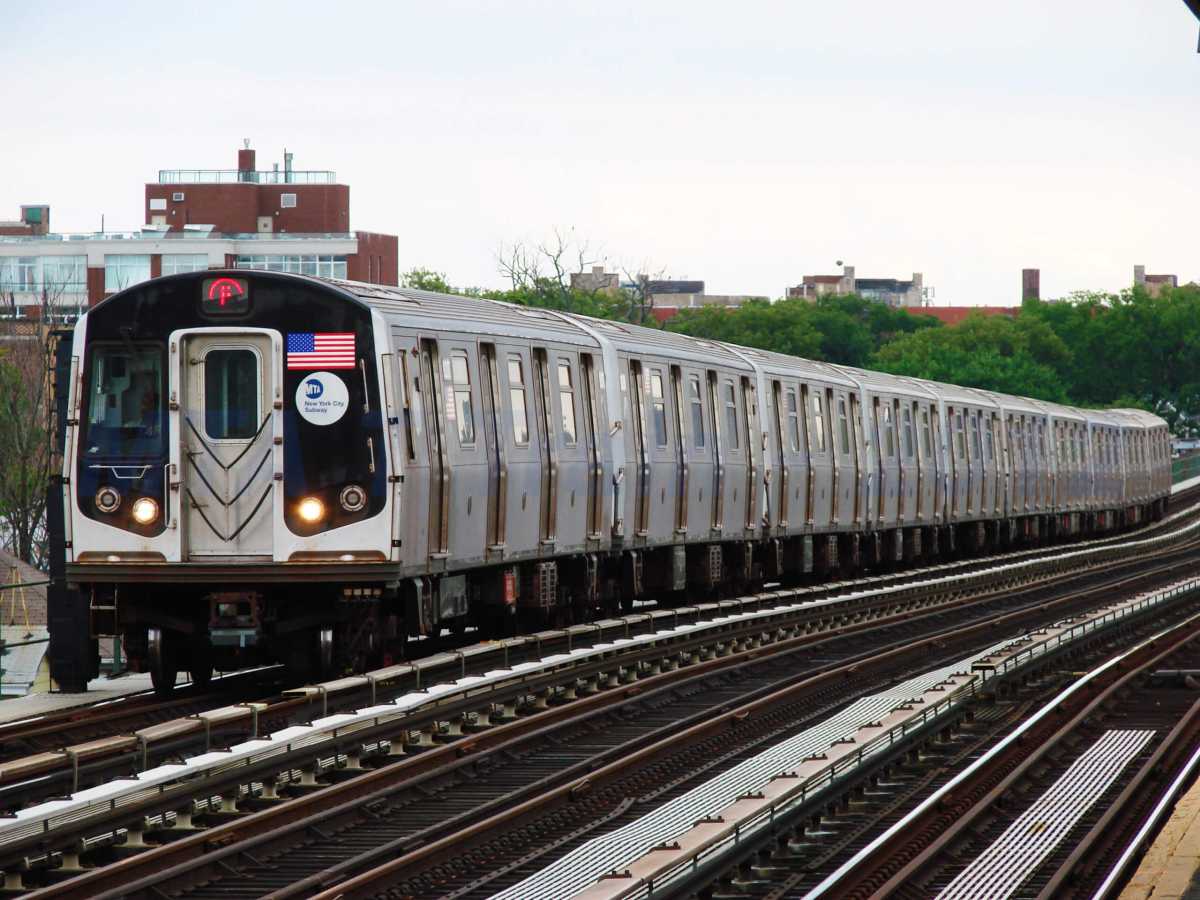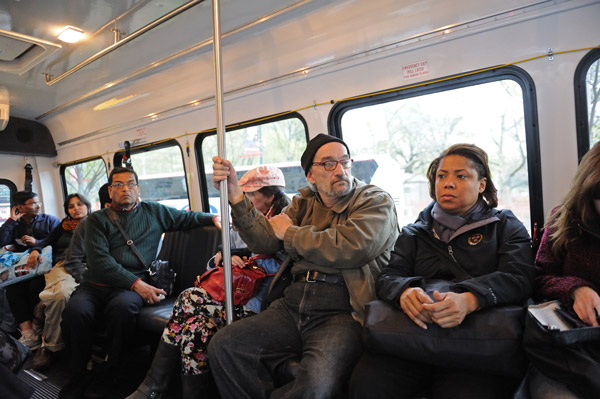New York City’s post-pandemic future will only go as far as public transit can take it, and riders will only return once they feel safe. That’s why the private tech sector is stepping up to support a safer transit network, establishing a model for addressing other public challenges in the process.
Before the COVID-19 lockdowns, New York City’s subways carried 5.5 million riders a day. Fast forward two pandemic-stricken years and riders remain hesitant to reestablish their subway and bus travel routines. While we’re beginning to see a slow uptick, concerns over personal safety and security have emerged as the most significant barriers to the return of transit.
The result has been fewer people returning to offices, less economic activity in the city’s once-lively central business districts, and ultimately, struggling local businesses traditionally reliant on a flood of office workers.
It’s also meant more people driving instead of taking subways and buses, meaning more cars on our streets, leading to more congestion, pollution and lost productivity.
In a recent survey, 74% of New York City office workers cited personal safety as a top obstacle to returning to the office. Governor Hochul, Mayor Adams and Police Commissioner Sewell have developed important measures to tackle rising crime and its root causes. In traditional New York fashion, the private sector is stepping up as well, led by tech companies with innovative solutions to support public safety on transit.
Earlier this year the Transit Tech Lab, a public-private initiative between the Partnership for New York City and the Metropolitan Transportation Authority, launched the COVID-19 Recovery Challenge soliciting the global tech community to help restore confidence across the regional transit network. Ten startups — chosen from nearly 150 global applicants — presented and piloted their solutions with transportation agencies in New York and New Jersey.
The technologies ranged from machine learning and computer vision to 3D LiDAR hardware, demonstrating a range of capabilities from detecting track intrusion and fare evasion to identifying instances of unsafe behavior. These solutions are a compelling resource for transit agencies as they work to make our transit networks safer.
The Lab’s model has proven effective during past crises as well. During overnight subway closures to disinfect the system during the height of the pandemic, Lab graduate Axon Vibe swiftly created a digital platform to redesign bus routes to help essential workers plan journeys. As customers increasingly rely on mobile devices, the Lab, MTA, and design firm Work & Co developed the world’s first live subway map, which shows train locations and planned and unplanned service changes as they happen.
As the region looks to recover and restore confidence, government agencies should look for more opportunities to leverage the expertise and innovation of the global tech community. More than other industries, tech companies often prove more nimble and adaptive in anticipating needs and providing solutions to public issues. The Lab has helped the regional transit agencies, some of the largest in the world, leverage tech to improve on-time performance and enhance the customer experience. It serves as a blueprint for other public sector agencies as they look for innovative ways to adapt to a post-COVID world.
Stacey Matlen is vice president of innovation at the Partnership for New York City.



































